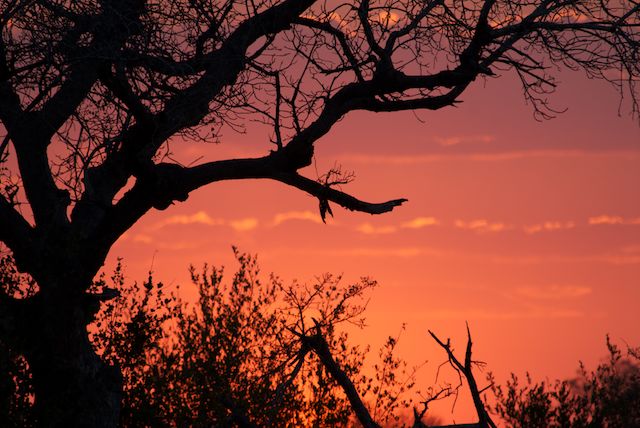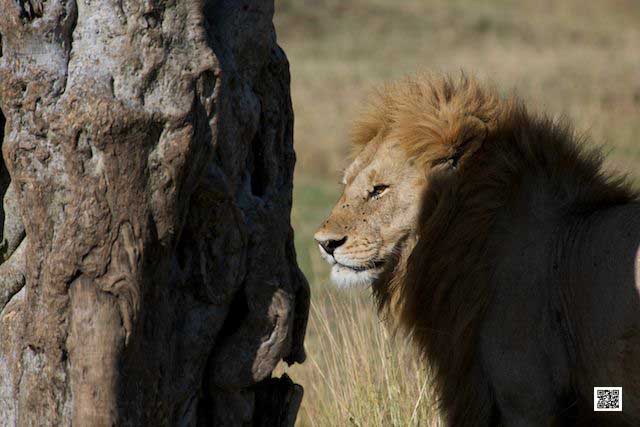fine art
The Rise of Fine Art Photography
31/01/13 08:49 Filed in: Photography & Art

“Great art is great art, whatever the medium.” said Arthur Goldberg, a major US collector of contemporary photography for the last 40 years. (via Forbes)
Some of the fine art photography “top on the list” are Andreas Gursky, Richard Avedon, Irvin Penn, Helmut Newton and Cindy Sherman. The markets are willing to pay lots of money for their art and this is only good. These artists are stimulating young and emerging photographers to follow their example and do what they love to do, photography.
With or without photography study or courses, one can be successful and be a great artist. Intuition is the main resource of creativity and one simply got to trust it. Well, that trusting might be the difficult part when bills are piling up and the rent is due too, yet it’s the way it goes. Helmut Newton was struggling until his early 40ies. Going to Paris made all the difference for him and his career took off. Often it is patience and trust in the passion that bring success.
Keep going and enjoying what you do. Immerse in the love for photography.
Ute Sonnenberg for www.rohoyachui.com
Photography and the Money
25/01/13 07:58 Filed in: Photography & Art

Collectors are usually careful or even skeptical with regards to fine art photography. A photograph might be reprinted in the future and the investment would be lost. But confidence is growing and experts think that the modern and contemporary photography art market will grow. Within the last year, new heights in fine art photography auctions were achieved and high prices were paid.
What does that mean? With photography now being an everyday part of life for billions of people around the globe its fine art is also more recognized and valuable for collectors. And photography itself has become big business through the cell phone market and camera equipment and it will be even bigger in the future. Photography is the future and that reflects in the art market as well with rising prices for fine art photography.
But how will photographers benefit from that? This is hard to say. Maybe a comparison from hospitality business can shed a bit light on that. Imagine you have a bar in a street where no other bar is. You think that’s great, because there is no competition, but that means also that the customers need to come especially to this street to visit your bar. How many people will do that? Some, but not many. Imagine you have a bar in a street where many other bars are. You might think that’s tough, because there is lots of competition, but it is the opposite. People know that there are many bars in the street and they have a choice, they can move around between bars the whole night if they want and that makes them come to this street. And where many customers are there is a chance that they will visit your bar too. The same works in photography. Many photographers make lots of photography and lots of photography makes lots of people interested in photography and the chances that people love your photography is higher than in times that only few people were doing photography.
Confused? Don’t think too much about it, just enjoy photography and follow your passion. The rest will come.
Ute Sonnenberg for www.rohoyachui.com